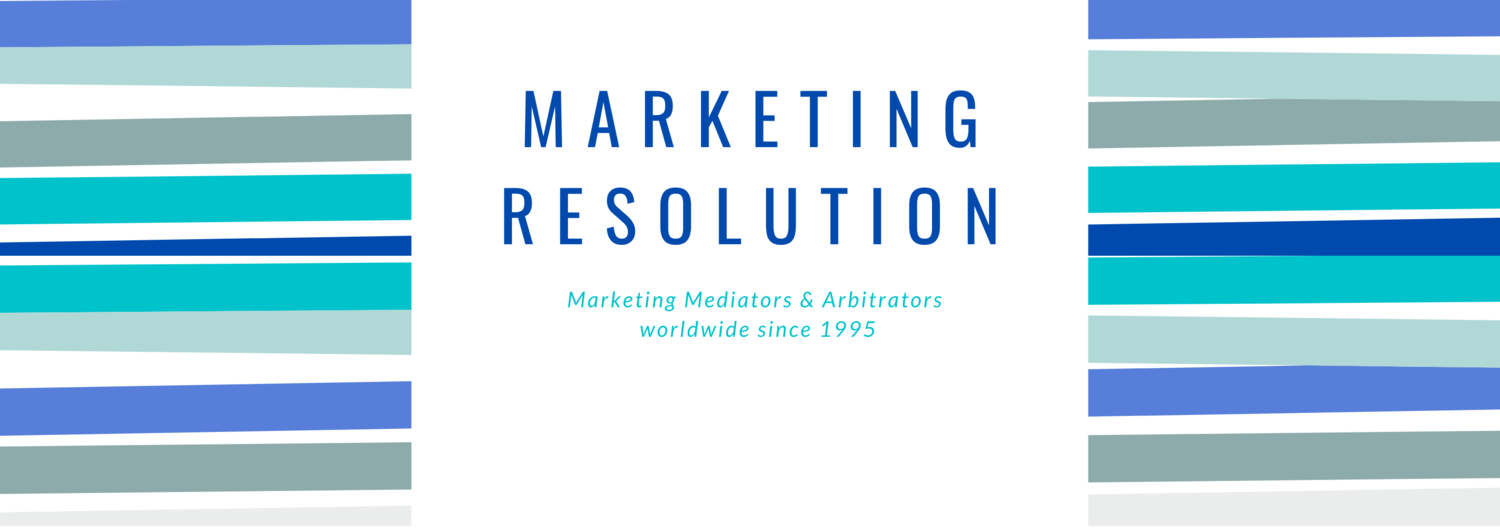3 Reasons Why Repetition Makes Your Content Stronger in Mediation and Arbitration
One of the most common concerns we hear from mediators and arbitrators is the fear that their content might be becoming repetitive, boring, or monotonous. You might wonder if it’s okay that a blog post about the benefits of mediation has been shared multiple times on your website, or if the same video explaining the arbitration process has appeared repeatedly on your LinkedIn page. It’s natural to worry, “Won’t my audience get bored?”
If you share these concerns, they’re understandable, but here’s the reality: Rather than boring your audience, repetitive content is actually essential to engaging them! Repetition is a proven digital marketing strategy that can help your practice succeed, attract more clients, and keep your mediation or arbitration services top of mind. Here are three reasons why “boring” might just be the smartest move you can make.
1. Repetition Reinforces Your Message and Builds Your Brand
Consider the consistency of a well-known brand like Nike. Every Nike commercial ends the same way: the screen fades to black, followed by the words “Just Do It” and the iconic swoosh. This repetition reinforces their empowering message and solidifies their brand in your mind.
As a mediator or arbitrator, you can achieve a similar effect by regularly sharing content that highlights your areas of expertise. For instance, if you specialize in family mediation, consistently posting blogs, videos, and social media updates about the importance of mediation in divorce cases can drive home the value of your services. By repeating these key messages, you help potential clients understand exactly what you do and why they should choose you.
Example Topics:
“Why Mediation Is the Best Option for Resolving Family Disputes”
“How Arbitration Can Save Time and Money in Business Disputes”
“The Role of a Mediator in High-Conflict Divorce Cases”
2. Repetition Ensures You Reach Your Entire Audience
A seasoned journalist once said, “It’s only after we’ve written about a problem long enough to be sick of it that readers will finally realize it exists.” The same principle applies to your content. Not all of your audience members are checking your website or social media every day. What seems old or repetitive to you is often fresh and new to them.
For example, if you’ve posted a video explaining “The Benefits of Mediation Over Litigation,” it’s likely that only a fraction of your audience saw it the first time around. By sharing it again, you’re increasing the chances that more people will engage with it. In the world of mediation and arbitration, where potential clients might be exploring their options for the first time, repetitive content helps ensure they don’t miss out on important information.
Example Repeated Content:
Sharing the same video on different platforms (e.g., LinkedIn, YouTube, and Facebook)
Posting a blog article in different formats, such as an infographic or a podcast episode
Sending out an email newsletter featuring previously shared content with a fresh introduction
3. Repetition Saves You Time and Money
Creating high-quality content is an investment, both in terms of time and resources. However, once you’ve created a piece of content, you don’t need to reinvent the wheel every time. By repurposing and repeating your existing content, you can maximize its impact with minimal additional effort.
For instance, a comprehensive guide you’ve written on “Preparing for Mediation” can be broken down into smaller blog posts, social media snippets, or even a series of videos. Each of these pieces will reinforce the same key points, but with a slightly different angle or format, reaching different segments of your audience without requiring a full-scale new content creation effort.
This approach not only keeps your marketing efforts consistent but also saves you from the expense of producing entirely new content for every single post. It’s an efficient way to maintain a steady flow of communication with your audience, ensuring that your mediation or arbitration practice stays top of mind.
Example Content Repurposing:
Turn a webinar on “The Arbitration Process Explained” into a series of short blog posts
Break down a case study into social media posts highlighting key takeaways
Create a video series from a detailed article about “The Benefits of Mediation in Workplace Disputes”
Why “Boring” is Brilliant
There are more than just three reasons why repetition is key to a strong content strategy, especially for mediators and arbitrators. Repetition helps build your brand, ensures that your message reaches your entire audience, and maximizes the value of the content you’ve already created. If you’re still not convinced, give us a call today—we’d be happy to discuss how a repetitive yet strategic content approach can elevate your practice and help you connect with more clients.
